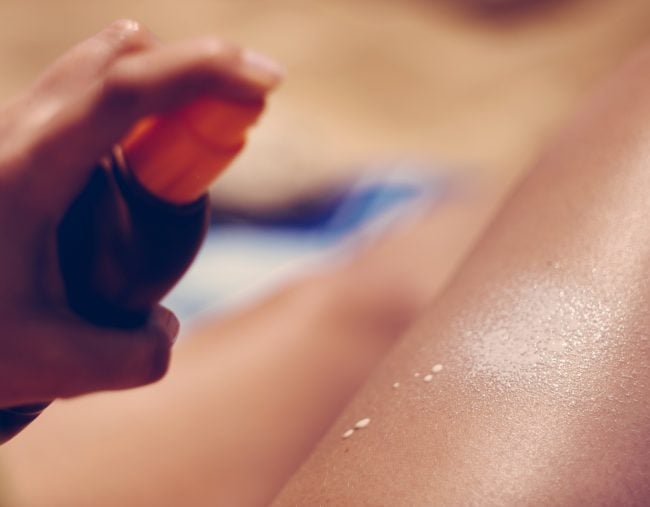
Growing up in the generation of Slip, Slop, Slappers, sunscreen was as much a part of summer as Zooper Doopers and Slip N’ Slide related injuries.
We never questioned the smothering our mum’s gave us, and even embraced fluoro zinc on occasion – especially if it happened to coincide with our sports day colours.
But, despite incidences of skin cancer rising at a steady rate, in recent years there have been a few (very vocal) people who are distinctly anti-sunscreen.
You might remember the quotes celebrity chef (and apparent skin expert) Pete Evans gave a couple years back where he claimed that he rarely used sunscreen because they were “full of poisonous chemicals”.


Top Comments
I use Rodan + Fields Reverse Sunscreen Step 4 + their Redefine Step 3 AM moisturizing sunscreen which goes on SUPER Smooth.
TGA = Therapeutic Goods Administration.